 【資料圖】
【資料圖】
G2A students read the story “How Grandmother Spider Stole the Sun,” a tale from the Muskogee tribe. In this tale, animals work together to get the sun and improve their livelihood.G2A的學生閱讀了來自馬斯科吉部落的故事《蜘蛛奶奶是如何偷走太陽的》。在這個故事中,動物們一起工作來獲得陽光,改善他們的生活。Students performed this tale as Reader’s Theater. Reader’s Theater is an excellent way for students to develop fluency and increase comprehension and motivation. Students collaborate for their final performance through three English learning skills (reading, speaking, and listening). Students also used their creativity and artistic sense in order to create masks for their characters. It was great to see so much energy and involvement while learning online!學生們通過讀者劇場的方式演繹了這個故事。對于學生來說,讀者劇場是一種很好的方式來提高他們的語言流利度,提升理解能力和學習動力。在學生們一起合作完成最終表演之前,它都涉及英語學習的三個方面(讀、說、聽)。學生們還發揮他們的創造力和藝術感,為他們的角色創作面具。能在網課期間看到同學們投入這么多的精力并參與其中真是太棒了!‘The important thing is not to stop questioning. Curiosity has its own reason to exist.’-- Albert Einstein.“重要的是不要停止問問題,好奇心有其存在的理由”--阿爾伯特?愛因斯坦Grade 2B students have been developing their conceptual understanding of the form and function of the Scientific Process under the transdisciplinary theme How We Organize Ourselves. Students used research skills to investigate and group different materials around them into solids, liquids, and gas. They even acted out how the particles of solid, liquid, and gas behave! They further used their critical thinking skills by analyzing and describing the physical properties of different materials.二年級B班的學生在《我們如何組織自己》的跨學科主題下就科學過程的形式和功能有了概念性理解。學生們使用研究技能來調查,并將周圍不同的材料分成固體、液體和氣體。他們甚至用肢體語言演示出固體、液體和氣體粒子的行為!并進一步利用批判性思維技能分析和描述不同材料的物理特性。Going further into the unit, students were able to draw connections between the structure (form) of procedural text and the steps of the scientific process; the function of making predictions while reading a story, estimating measurements, and generating a hypothesis.隨著對這一單元的進一步學習,學生們能夠在程序文本的結構(形式)和科學過程的步驟之間聯系起來;在閱讀故事時做出預測、估計測量并對功能提出假設。Students applied their understanding of the scientific process by formulating questions, creating, and testing their hypotheses to solve real-life problems. For example, investigating materials that could make a durable bridge, or a material suitable to make the brightest lampshade. Kudos to the budding scientists of Grade 2B for modeling the attributes of being courageous and creative thinkers while designing a raft to help Xiongmao cross the Yellow River!學生們將提出問題、創造和驗證假設等科學研究步驟應用于科學過程的理解來解決現實生活中的問題。例如,研究哪些材料可以制造結實耐用的橋梁,或者哪種材料適合制造最亮的燈罩。他們在設計一個幫助熊貓渡過黃河的木筏子時,塑造了充滿勇敢和創造性的特質,讓我們為二年級的新生科學家們歡呼,因為他們值得這樣的贊譽!
 【資料圖】
【資料圖】
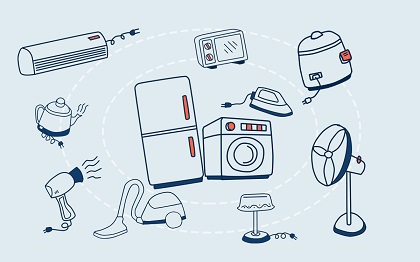

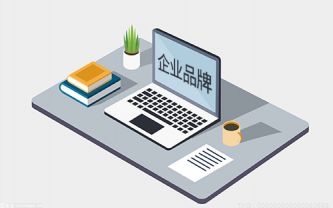

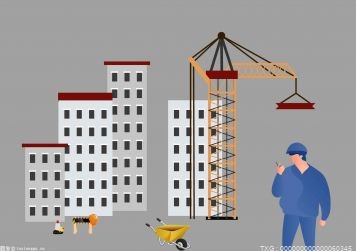



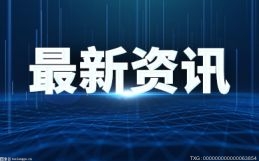
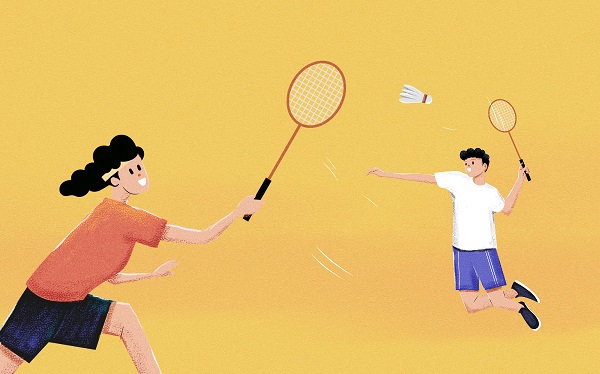
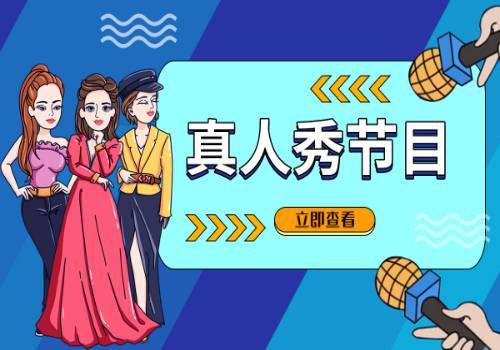



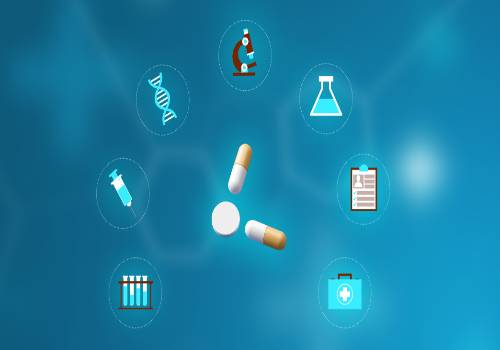
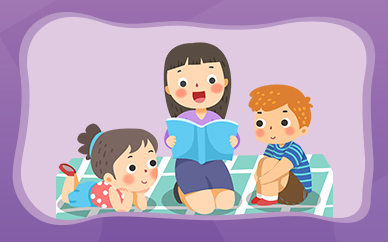
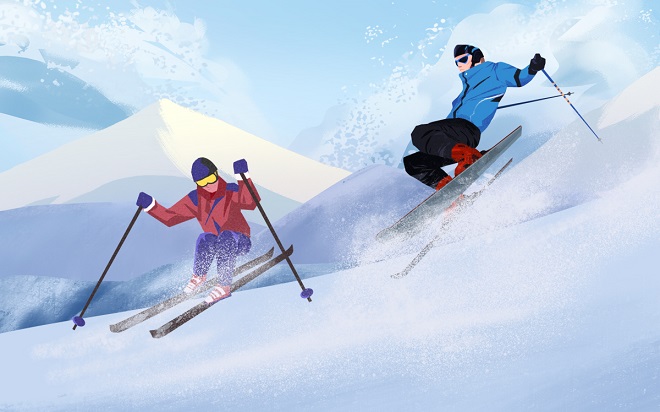


 營業執照公示信息
營業執照公示信息